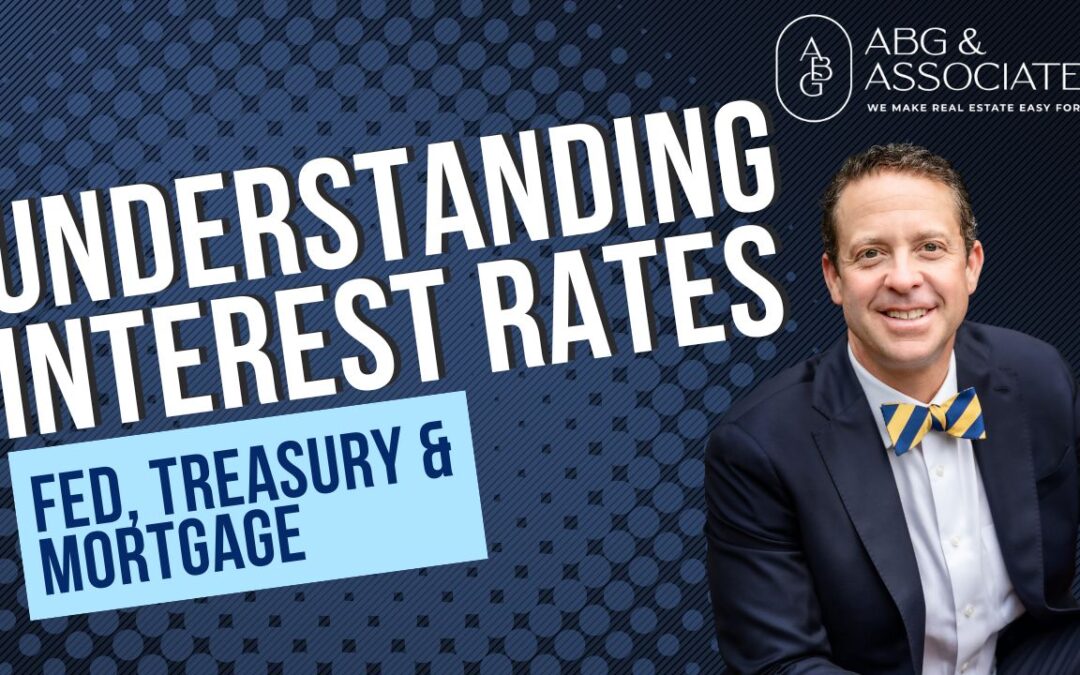In a world where financial news can be overwhelming, it’s easy to get confused by the different types of interest rates we hear about. This breakdown clarifies the relationships between the Federal Reserve interest rate, US Treasury rates, and mortgage rates. While they are three distinct entities, they are all interconnected.
The Federal Reserve Rate (The Fed)
This is the rate at which banks charge each other for overnight loans. The Fed uses this short-term rate to control the money supply in the economy. When the Fed wants to slow down the economy, it raises the rate, making borrowing more expensive. When it wants to encourage growth, it lowers the rate. Think of this as the foundational price of borrowing money in the financial system. It doesn’t directly set other rates, but it certainly influences them.
US Treasury Rates
These are the rates the US government pays when it borrows money by issuing treasury bonds, notes, or T-bills. These are considered some of the safest investments in the world. Treasury rates are mainly affected by supply and demand—if more people want to buy treasuries, rates go down. Inflation expectations also play a significant role, as investors will demand higher rates to offset the loss of purchasing power from inflation. The 10-year Treasury rate is a key benchmark that influences many other borrowing rates, including mortgage rates.
Mortgage Rates
This is the rate consumers pay when they borrow money to buy a house. While set by lenders, these rates are closely tied to the 10-year Treasury. Lenders use the 10-year Treasury as a benchmark and add a “spread” or margin for their profit, risks, and costs. Therefore, when Treasury rates rise, mortgage rates tend to follow suit.
Connecting the Dots
These three rates are linked in a chain reaction:
- The Fed influences short-term borrowing costs, which in turn can affect investor demand for treasuries.
- Treasury yields, particularly the 10-year, directly affect mortgage rates.
- This creates a ripple effect: if the Fed raises rates to combat inflation, short-term borrowing costs and Treasury yields may increase, leading to higher mortgage rates and more expensive home loans. Conversely, if the Fed cuts rates, Treasury yields and mortgage rates may drop, making home loans cheaper.
Understanding these connections is key to comprehending the larger financial landscape and how changes at the Federal Reserve can ultimately impact your ability to borrow for a home.
Ready to explore passive multifamily real estate investment opportunities and learn more?
Join the ABG Investor Community: https://www.abgmultifamily.com/join/
Disclaimer: This newsletter provides general information and is not intended as tax, legal, or financial advice. Tax laws are complex and individual situations vary. Always consult with a qualified tax professional, attorney, or financial advisor to discuss your specific circumstances and tailor strategies to your unique investment goals.

